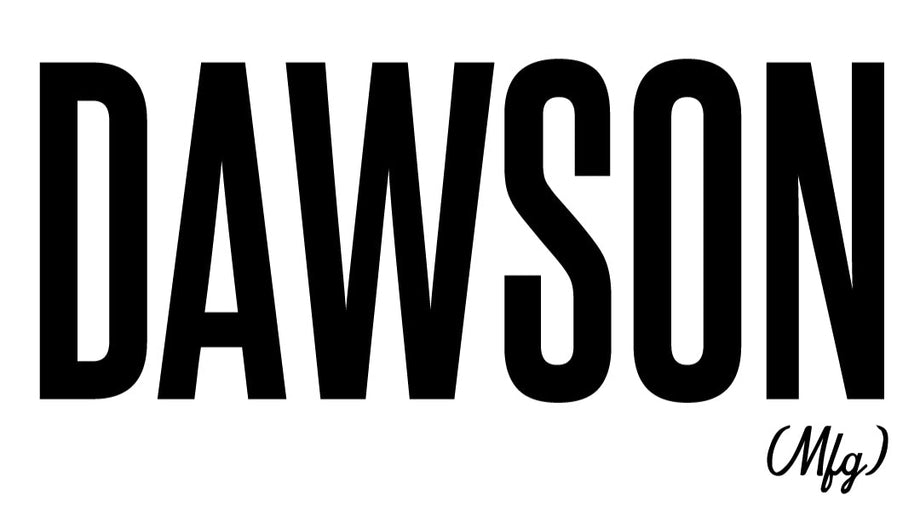The Coverall

The Coverall also known as the Boiler Suit sometimes a Jump Suit, first appeared in the Oxford English dictionary in 1928. It's first use was by Stokers and Boiler Engineers checking for steam leaks and clearing accumulated soot in the fire box of steam locomotives (trains).

The worker could just about fit through the opening in the fire hole, so a one piece suit avoided snagging and soot ingress as they wriggled their way through to the fire box. By the 1940's an offshoot, The Siren Suit, was popularised by Winston Churchill this was a variation of the Boiler suit, specifically used by the general public (both Siren Suit and Suit patterns available on ration). When the Air Raid siren sounded and something accessible and comfortable was needed by men women and children this was the go to outfit as they headed into the shelters.

By the mid 20th Century the Coveralls were widely used by trades in the western world, from mechanics to painters and decorators white Coveralls were often worn in motorsports by pit crew - an odd choice of colour for the inevitable oil stains, but easy to spot by oncoming racing drivers.

Denim and Duck/Twill Coveralls were generally used in farming and manufacturing and have become the choice outfit for many famous horror movie psycho's. Pete Townshend of The Who famously adopted the white Coverall asa deliberate anti fashion statement in 1969, as a reaction to his ever escalating dandyism, which in turn created a fashion statement in itself.

The Dawson Coveralls incorporate a lot of the original details, made from a traditional Wabash Indigo dyed twill and complete with action back shoulder pleating.





